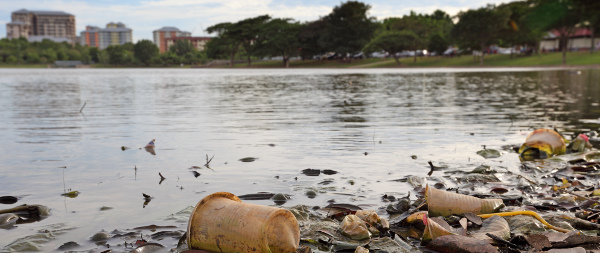
An Internet of Things device has been developed by scientists that could help to detect levels of water pollution in lakes and rivers in real-time.
Researchers at the University of Bath’s Department of Chemical Engineering have created a low-cost sensor that could be used in developing countries where some water sources are undrinkable or not clean enough to wash in safely.
Working in collaboration with Bristol Robotics Laboratory at the University of the West of England, they made the sensor using 3D printing technology that can be used directly in rivers and lakes to help monitor water quality.
The biosensor also contains bacteria that produce an electric current as they feed and grow. If pollutants in the water come into contact with the bacteria, the electric current drops, which indicates the extent of toxins in the water.
Dr Mirella Di Lorenzo, a lecturer in Chemical Engineering at Bath, told CBR: "The sensor is connected to a computer that reads the current generated by the electric bacteria (bugs) and the computer can be connected to internet as well."
She added: "When the bacteria feed in a microbial fuel cell, they convert chemical energy into electrical energy that we can measure.
"We found that when we injected a pollutant into the water there was an immediate drop in the electric current they produced. The drop was proportional to the amount of toxin present and the current is recovered once the toxin levels fell.
"This means we are able to monitor the level of pollutants in the water in real time without having to collect multiple samples and take them to a laboratory."
Currently, the methods used to monitor water quality are costly in terms of time, equipment and technical expertise.
When asked where she sees the sensor being used in the future, she said: "The impact and potential use of this sensor is massive . The sensor can in fact be used as a tool for the on site and real time monitoring of water quality to: assess the quality of wastewater treatment in wastewater re-use programmes; reveal the accidental spiked of pollutants in water; monitor the diffusion and fate of specific pollutants along water systems such as rivers; assess the quality of drinking water.
She added: "Our technology is highly cheap and could therefore be implemented in developing countries. The fact the system generates electricity opens up also the possibility for a self-operating sensor (e.g. the electricity could be used to power the sensor feeding pump)."






